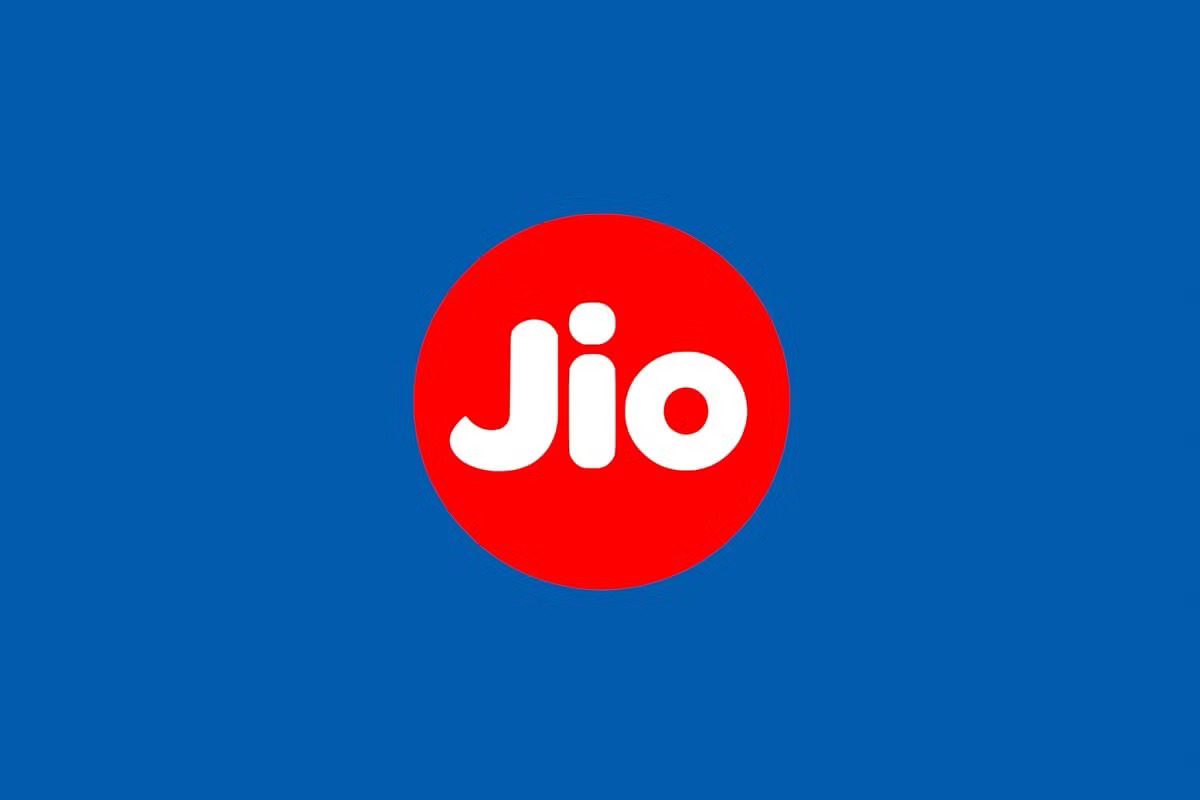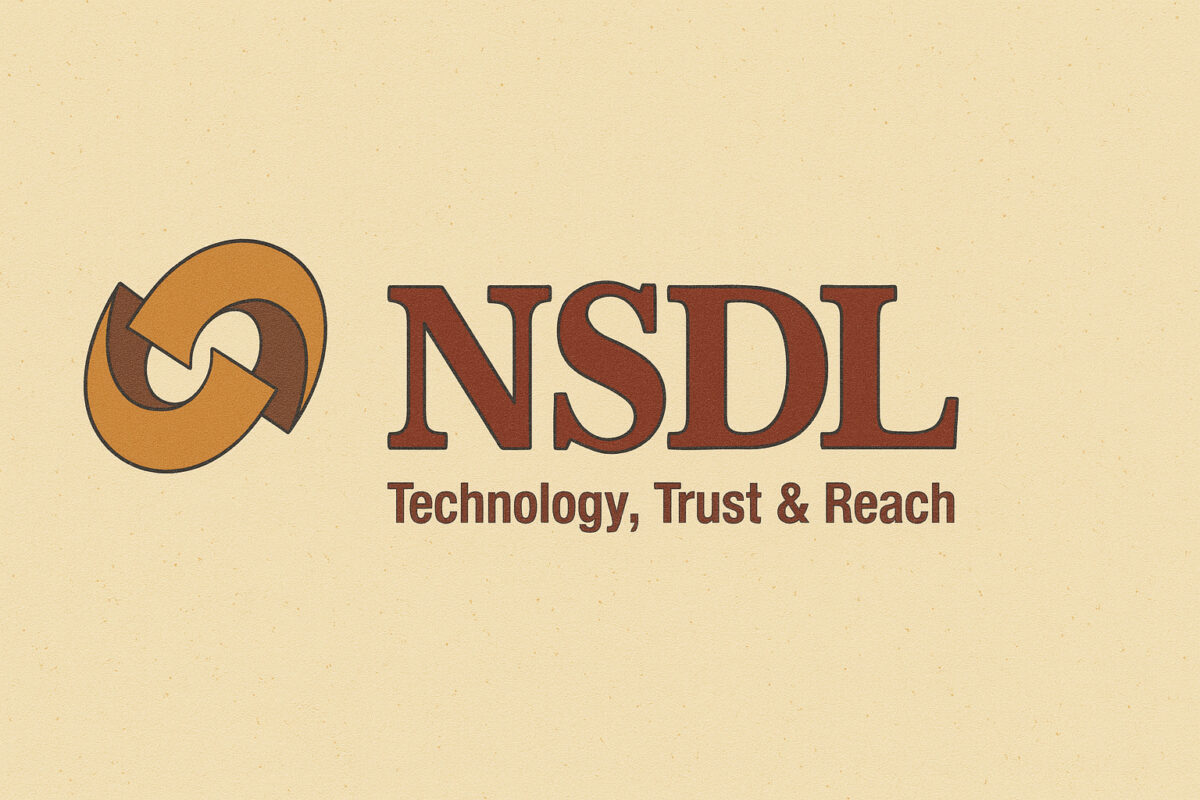Mukesh Ambani-led Reliance Industries Ltd (RIL) is reportedly preparing to launch India’s largest-ever Initial Public Offering (IPO) by listing its telecom arm, Jio Infocomm, aiming to raise a staggering ₹52,200 crore (approximately $6 billion). If successful, this IPO will eclipse previous records, including Hyundai Motor India’s ₹28,000 crore offering, and could rank among the largest global IPOs of the year.
Key Highlights
- IPO Size: ₹52,200 crore
- Stake Offered: 5% of Jio Infocomm
- Valuation Target: Over $100 billion
- Expected Launch: Early 2026 (tentative, subject to market conditions)
- Regulatory Status: Informal talks underway with SEBI for approval
Strategic Rationale
Reliance is seeking a SEBI exemption from the mandatory 25% public float rule, citing concerns over market depth and liquidity. The company argues that the Indian market may not be able to absorb such a large offering at once, hence the proposal to list just 5% of Jio.
This IPO would also provide an exit opportunity for global investors like Meta Platforms and Alphabet Inc. (Google), who collectively invested over $20 billion in Jio Platforms back in 2020.
Why It Matters
- Market Impact: A successful listing could significantly boost investor sentiment and attract foreign capital.
- Digital Expansion: Funds raised may fuel Jio’s next wave of growth in 5G, AI, and digital services.
- Investor Opportunity: Retail and institutional investors could gain exposure to one of India’s most dominant telecom players.
What’s Next?
While Reliance has not made an official announcement, all eyes are on its upcoming Annual General Meeting (AGM), expected in August 2025. Analysts anticipate key updates on the IPO timeline, valuation, and regulatory progress.
Conclusion
The proposed Jio IPO isn’t just a financial milestone—it’s a bold statement about India’s evolving digital economy. If approved, it will redefine capital markets and set a new benchmark for corporate listings in the country.
Top-notch SEBI registered research analyst
Best SEBI registered Intraday tips provider
Telegram | Facebook | Instagram
Call: +91 9624421555 / +91 9624461555





